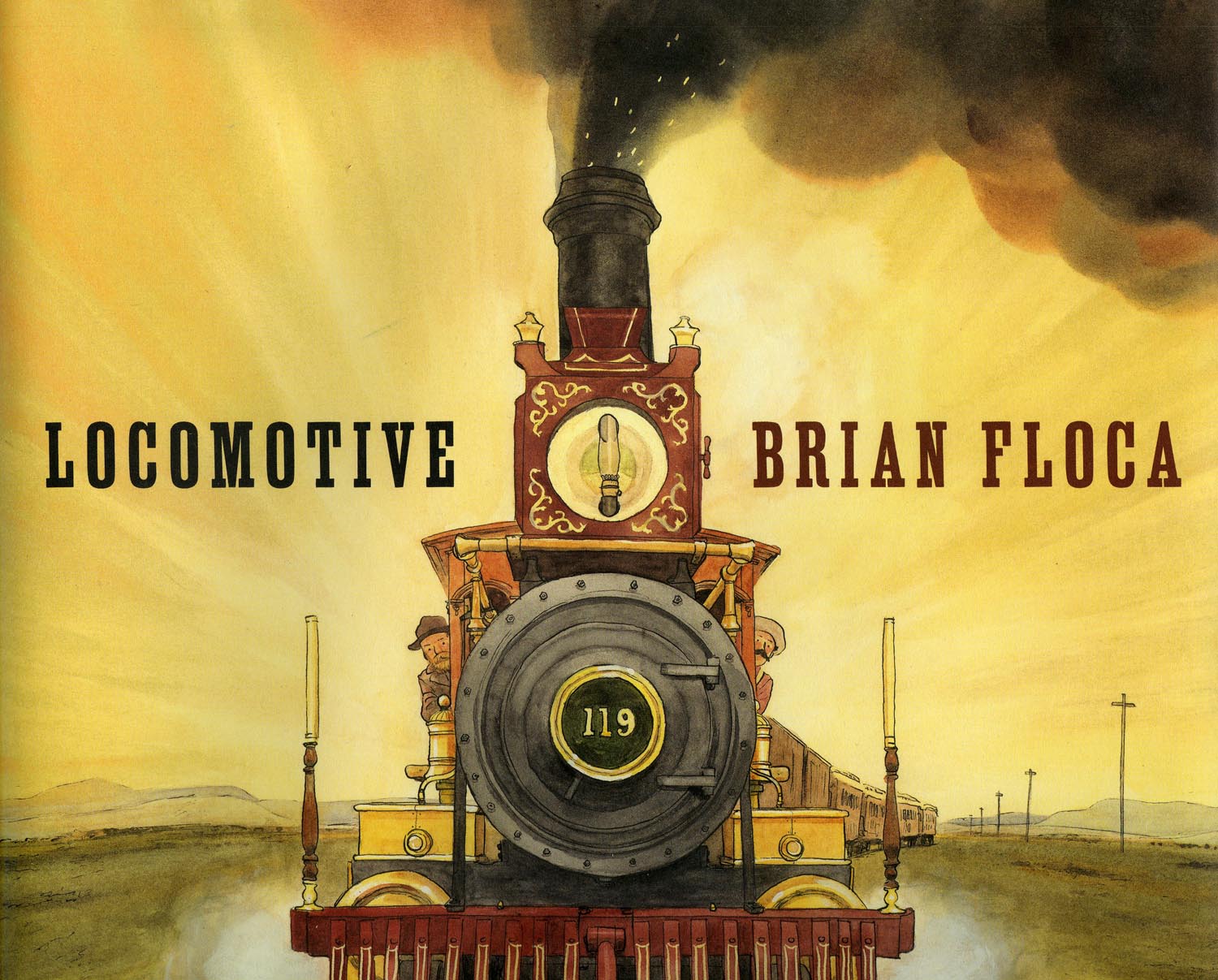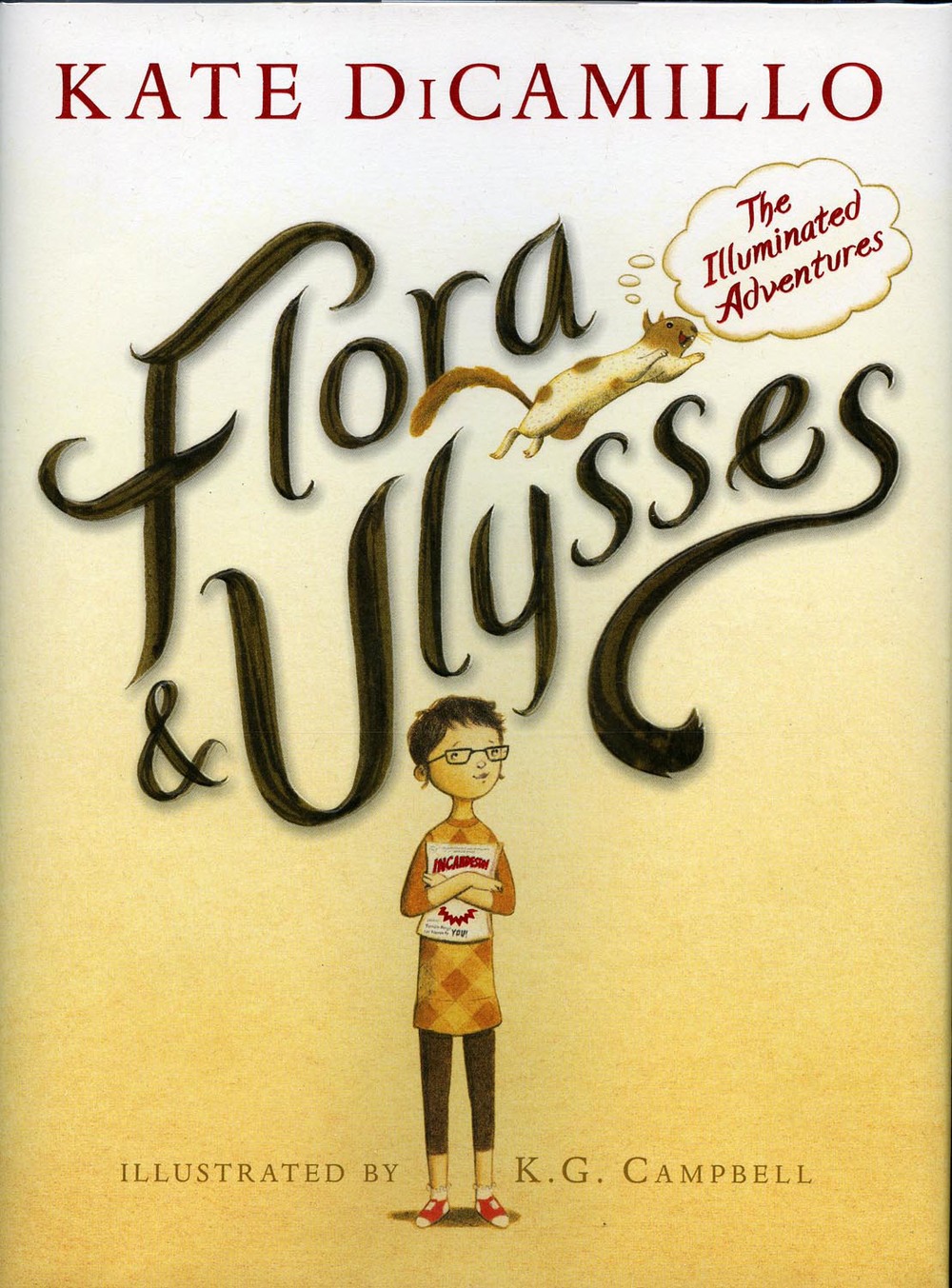EBOOKS AND THE COLLECTING SPIRIT
As more and more of us employ tablets and single-purpose devices to read our books, journals, and newspapers, the question inevitably arises, “What is the future of the printed word?” Frankly, we’re in the midst of a revolution that doesn’t have a clear ending, but one thing is certain…many printed volumes continue to retain both significant collectible value as well as treasured places on our personal bookshelves.
I’m no Luddite. I created this website on SquareSpace (and that is a plug…they’re very good). I have a Facebook account (Wonderland Books—Old & Rare Children’s Books). I send emails. I wasn’t born into the digital age, but I’ve adopted a good chunk of it, partly because I enjoy it and partly because I have had to. But the advent of the internet and…more recently…eBooks have changed the landscape of book collecting, leveling the playing field for titles once thought rare and changing the collector/dealer relationship forever.
My trajectory from collector to dealer is not unique. Back in the early 1980’s when my own children were very young, I was a library administrator serving young adult patrons when I came across a new crop of pop-up books. Purchasing several titles for my son and daughter, I was astonished to see how quickly they reduced them to scrap paper and began to wonder about the history of pop-up and movable books and whether any earlier examples survived the loving hands of children. Several decades later, I find myself with a sizable and much-loved collection of 19th and early 20th century pop-up, movable and novelty books and an inventory of more than 12,000 standard rare and out-of-print children’s books. How did that happen?!?
Part of it, I’m certain, is the collector mentality, an inborn trait to acquire and put items in order. People, I’m convinced, are either born with it or not, take delight in it or view it as an eccentricity or worse. Regardless, the fields of both collecting and dealing in rare books have changed so radically in the past thirty-five years that many pleasures have been lost. One of the real treats of pre-internet dealing in old and rare children’s books was the opportunity to meet collectors face-to-face and share enthusiasms and tales of deals made and lost. While efficient, sites such as eBay, A.B.E. and others are faceless ways to conduct business with little opportunity to get to know one’s customers and vice versa.
But books at least are objects…items you can line up on a shelf and share with friends, physical realities you can dust and read and treasure. Not so with eBooks and while I do understand their appeal for the weary traveller who can tote along seventy books on their iPad or Kindle, I cannot foresee a collecting future for electronic books. On the most basic level, they cannot be traded or sold (once acquired). Even limited sharing within a family was only recently added to the features sanctioned by Apple’s iBooks. One could accumulate an outstanding library of modern first editions comprising thousands of volumes, but what possible joy could that elicit? How to present one’s achievement; hold a Kindle up in the air?
eBooks appear to occupy the same place among serious collectors as ex-library editions. Want to read the latest bestseller? Purchase an eBook. Acquire an older reference title with little commercial value? An eBook sounds perfect. Locate an elusive and incredibly expensive volume that fills a space in your collection that might remain empty for decades? Start searching an eBooks database.
While there’s no doubt that electronic publishing will disrupt the traditional book industry (and already has), its immediate impact on the collector community is negligible…and perhaps even positive. I’ve noticed an attitudinal change among younger collectors that can best be described as “Books are the New Vinyl.” As cassette tapes and then CD’s and mp3’s displaced traditional records, a growing number of young collectors found a romantic and sonic appeal in vinyl recordings. The same shift seems to be occurring with the printed page. A generation that grew up on videogames and cable TV and iPods has begun to discover the lure of hardcovers and turning real pages. Viva la revolucion!!
But I’m probably blogging to the choir. I suspect that everyone reading this already knows the pleasure of a real book in your hands, of the remarkable diversity of subject matter and format available in book collecting, and the satisfaction of compiling a small slice of all the wonder the world has to offer, neatly lined up (though sometimes not) in rows on a shelf. It is one of the satisfactions I reap as both a collector of pop-ups and as a book dealer offering the Wonderland100 catalog, helping others who share a similar passion discover new avenues for collecting and/or completing collections long amassed.
And until a radically new technology emerges, I can’t imagine eBooks replacing pop-ups.
Wonderland Books Spring Book Fair 2016 Schedule
Washington (DC) Antiquarian Book Fair...March 4 & 5, 2016...Holiday Inn Rosslyn at Key Bridge
Florida Antiquarian Book Fair...March 11-13, 2016...St. Petersburg Coliseum
NOBS Akron Antiquarian Book & Paper Fair...March 25 & 26...John S. Knight Center, Akron, OH
Hope you meet you there!



